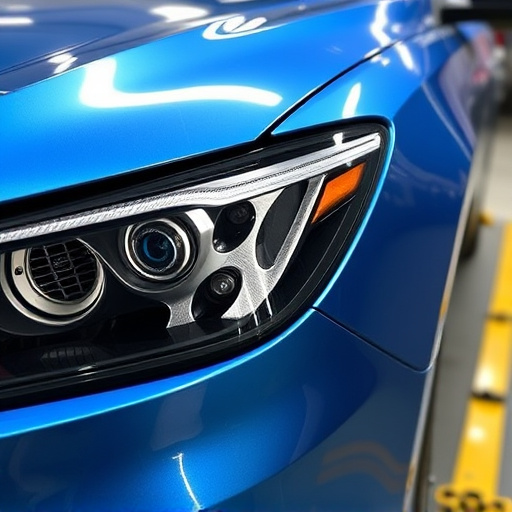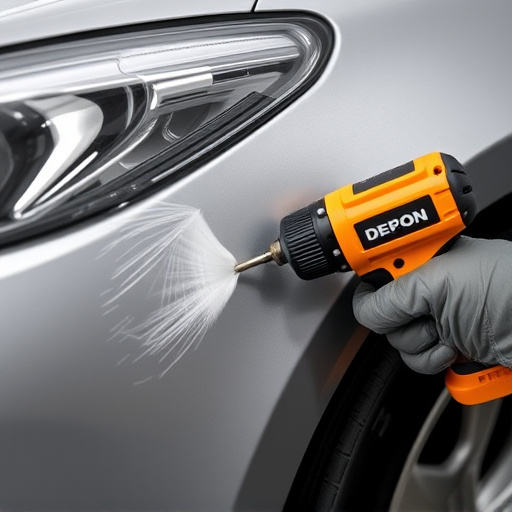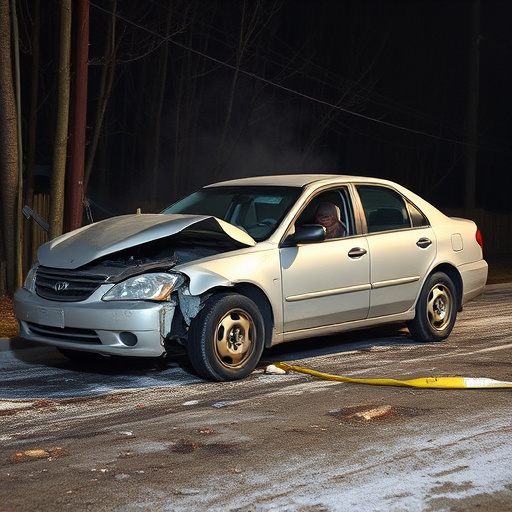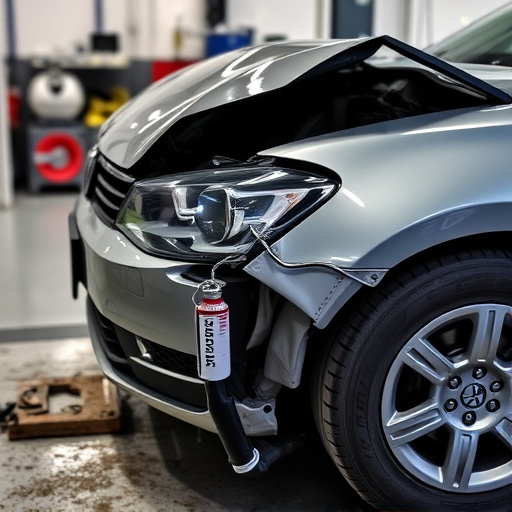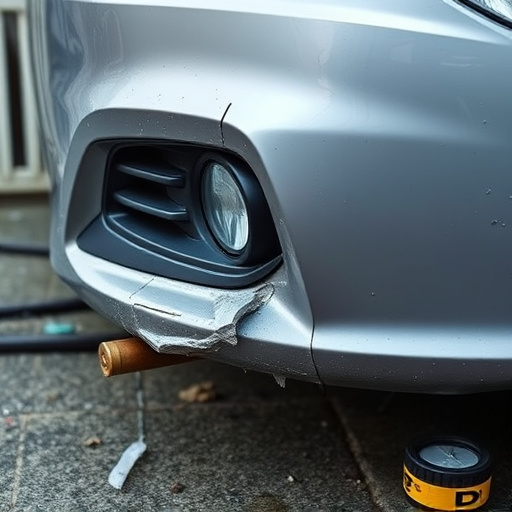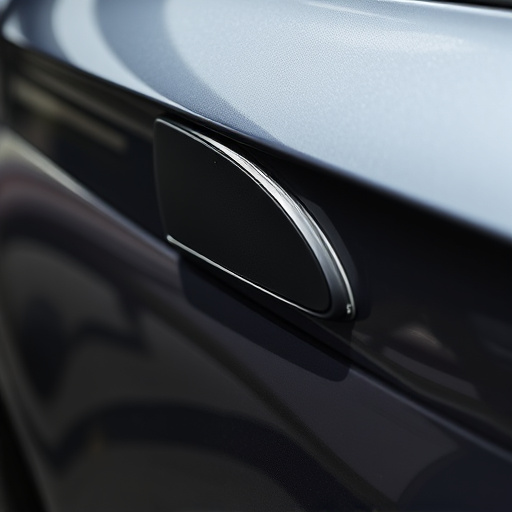Tesla electrical repairs address specialized needs of electric vehicles, focusing on intricate circuit boards for motor control, battery management, and infotainment. Common issues include loose wiring connections due to extreme conditions or accidents. Skilled technicians inspect and repair these issues, ensuring safety features remain intact. Board replacements are vital for optimal performance, with professionals handling defects, damage, or wear and tear using authentic parts. DIY replacement requires careful navigation through the electrical system, proper tools, and safety precautions, recommended only for those with automotive knowledge.
“Dive into the world of Tesla electrical repair and discover the intricacies of internal circuit board replacements. This comprehensive guide addresses common issues faced by Tesla owners, offering troubleshooting tips for identifying faulty components. We demystify the process, breaking down complex procedures into simple steps. Learn how to replace a faulty Tesla circuit board with confidence. By understanding these key aspects of Tesla electrical repair, you’ll be equipped to maintain and resolve potential problems efficiently.”
- Understanding Tesla Electrical Repairs: Common Issues & Troubleshooting
- Demystifying Internal Circuit Board Replacements in Teslas
- Step-by-Step Guide: Replacing a Faulty Tesla Circuit Board
Understanding Tesla Electrical Repairs: Common Issues & Troubleshooting

Tesla electrical repairs are a specialized field within the automotive industry, catering to the unique requirements of electric vehicles (EVs). Common issues often arise from the intricate internal circuit boards, which control various functions like motor operation, battery management, and infotainment systems. Understanding these problems is key to effective troubleshooting.
One prevalent issue in Tesla electrical repairs is loose connections within the complex network of wiring harnesses. Over time, exposure to extreme temperatures, road vibrations, or even minor accidents can cause these delicate connections to degrade, leading to erratic performance or complete system failures. A skilled technician will inspect for damaged components, corroded connectors, and frayed wires, often requiring precise fender repair techniques to restore integrity without compromising the EV’s safety features.
Demystifying Internal Circuit Board Replacements in Teslas
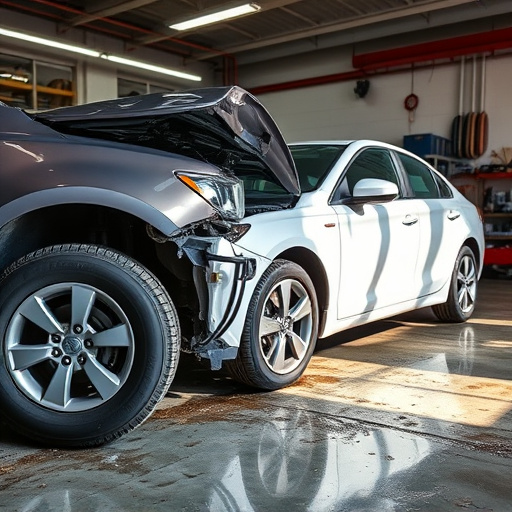
Demystifying Internal Circuit Board Replacements in Teslas
In the realm of Tesla electrical repair, internal circuit board replacements are a critical component for maintaining optimal vehicle performance. These sophisticated boards, often referred to as control units or ECUs, manage various functions from engine management to climate control—a testament to Tesla’s tech-driven approach to automotive design. When issues arise, whether due to manufacturing defects, environmental damage, or normal wear and tear, replacing these circuit boards is essential for restoring your Tesla’s efficiency and reliability.
Choosing the right auto repair near me that specializes in Tesla electrical repair is crucial. A capable collision repair center or auto body repair shop not only possesses the technical expertise but also has access to authentic replacement parts, ensuring your vehicle returns to its original specifications. With meticulous attention to detail and adherence to safety standards, these professionals can navigate Tesla’s intricate systems, making internal circuit board replacements a seamless and effective solution for keeping your electric vehicle purring smoothly down the road.
Step-by-Step Guide: Replacing a Faulty Tesla Circuit Board

Replacing a faulty circuit board in your Tesla involves careful steps to ensure proper functionality and safety. Begin by locating the problematic board, often found within the car’s electrical system, accessible through the vehicle’s underbody or interior panels. Once identified, the process starts with powering down the vehicle and disconnecting the battery to avoid any accidents.
Next, carefully remove the surrounding components and access the circuit board. Using specialized tools, de-solder the old board and prepare the new one by ensuring it’s compatible with your Tesla model. Solder the new board into place, refitting all connected parts. Remember, precise soldering is key for a successful replacement. After reattaching the battery and testing the system, you can verify the repair with a diagnostic scan, ensuring the electrical system operates optimally. This DIY approach to Tesla electrical repair can save costs, but it’s crucial to have automotive knowledge or seek assistance if needed, especially when dealing with intricate systems like circuit boards.
Tesla electrical repairs, particularly internal circuit board replacements, are essential for maintaining the performance and longevity of your electric vehicle. By understanding common issues and demystifying the replacement process, you can ensure a smooth and efficient fix. Following the step-by-step guide provided in this article, you’ll be equipped to address faulty Tesla circuit boards effectively. Remember that prompt action on electrical repairs can prevent more serious problems down the line, keeping your Tesla running smoothly for years to come.
